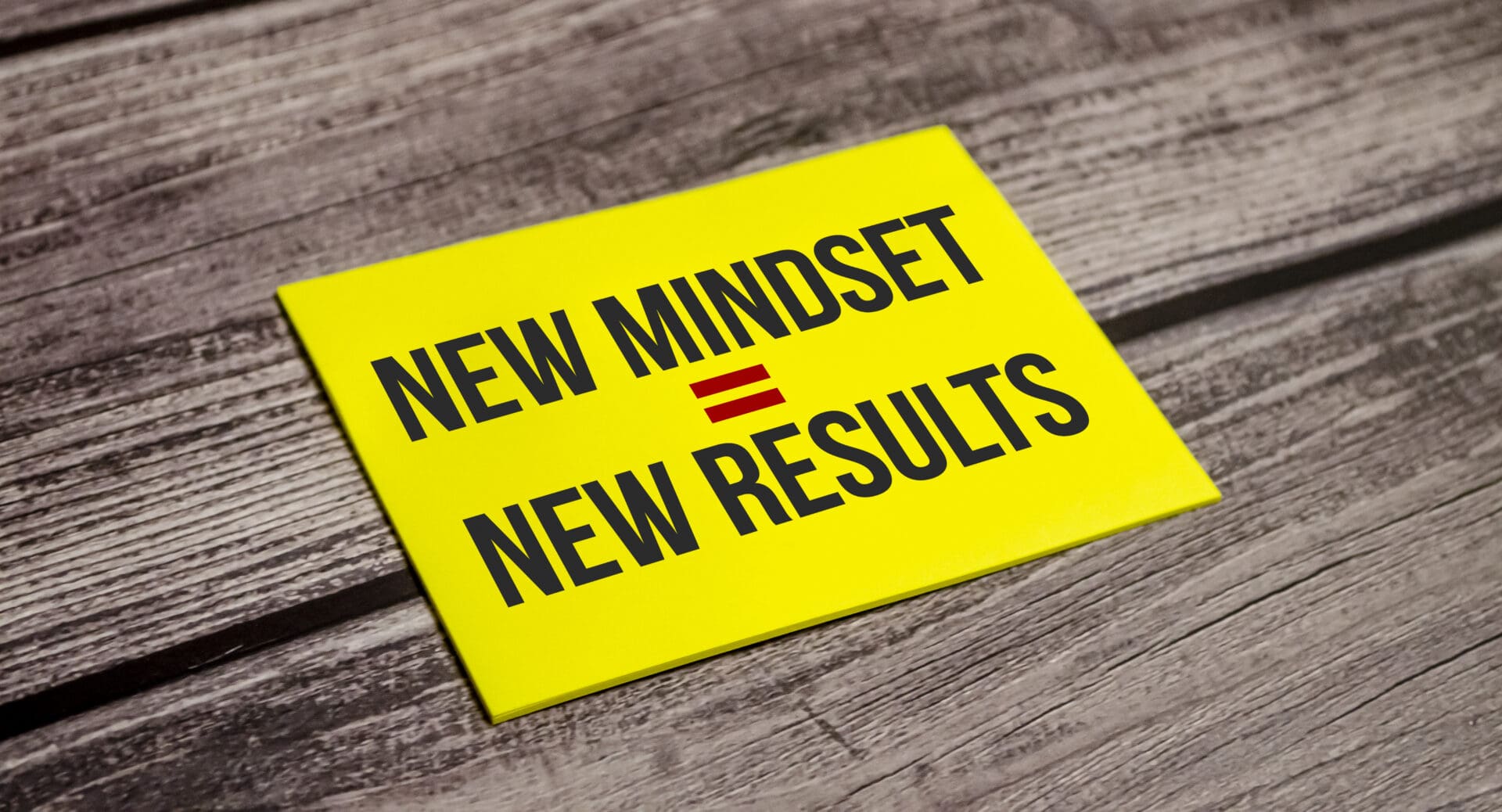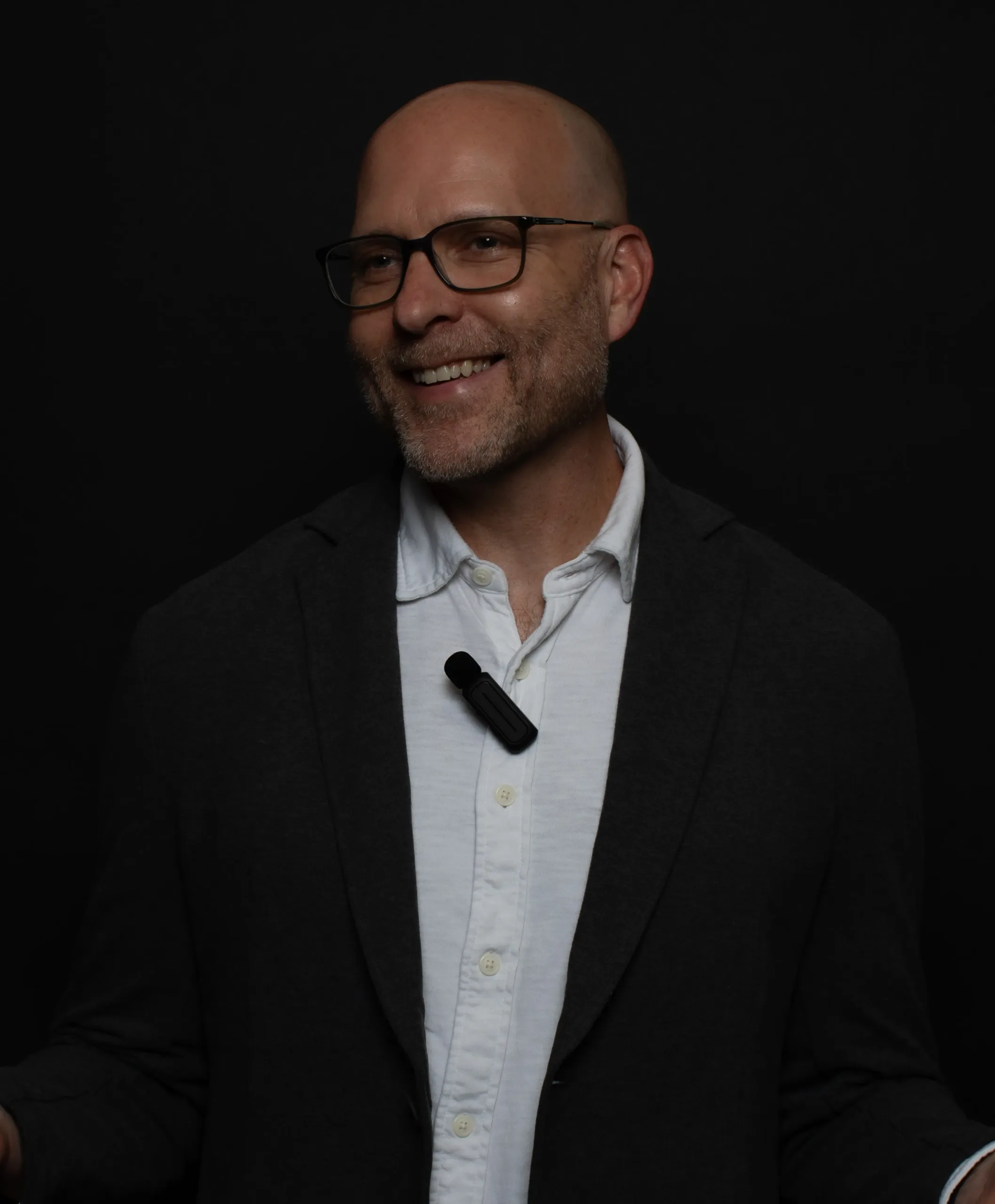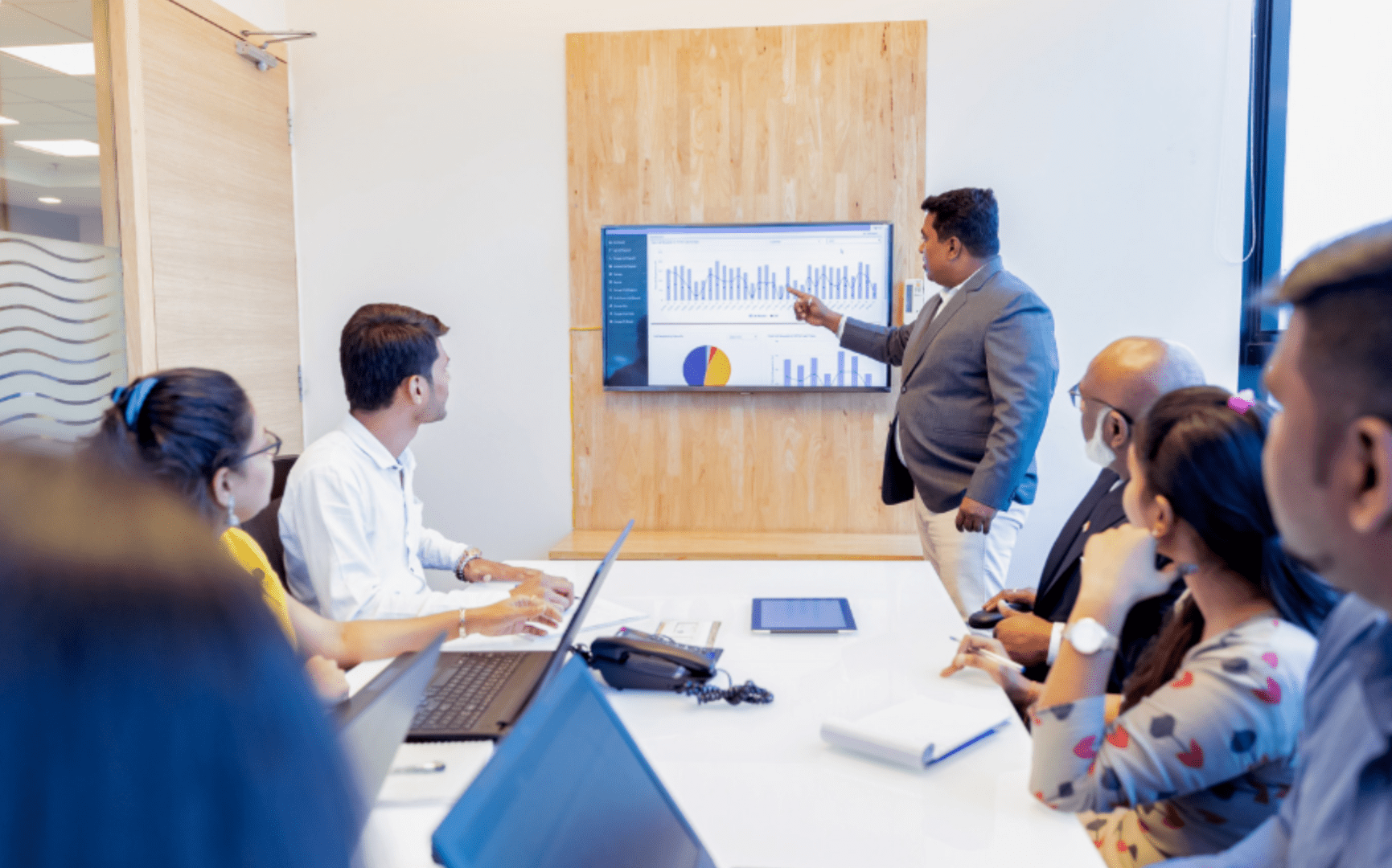
The Connection: July 2024 Issue #03
Curiosity is a driving factor for innovation. Without curiosity, most of the great inventions we have today would not have been possible. We need to channel this same curiosity into the construction industry to propel advancements. “Successful innovation is only possible as a result of insights from incremental losses along the way” (Edmondson, 2023).
Curiosity is the willingness to try or explore. Understanding the place of exploration in the construction industry is critical in training new talents.
The conventional training that occurs in a training room and during projects often limits and discourages curiosity. However, we must encourage curiosity if we want to see significant progress in the architecture and construction industry.
Hence, the style of training the next generation of talents in this industry needs to take a different approach – an approach that focuses on Curiosity Building Experiences (CBEs).
What are Curiosity Building Experiences (CBEs)?
Curiosity Building Experiences are a dynamic and interactive journey designed to cultivate and expand one’s sense of wonder, inquiry, and thirst for knowledge. It encompasses a series of engaging activities, stimulating environments, and thought-provoking prompts.
Curiosity Building Experiences spark curiosity and encourage active participation. This experience encourages individuals to embrace uncertainty, ask bold questions, and foster a proactive approach to learning.
By embracing curiosity as a guiding force, these experiences also encourage individuals to ask questions, seek answers, and engage with new ideas, ultimately fueling ongoing discovery, creativity, and personal growth.
The Old versus The New Way of Training
Old Way of Training
In the construction industry, the typical way of training involves going through continuing education programs to maintain licensure. These continuing education programs may be something as simple as going through an article or seating through a ‘lunch and learn’ in a conference room.
The problem with this kind of training is that it is low-effort, and most people see these as a checkbox in order to get to the next level of their career. Most people either do not take these seriously or become distracted by their to-do lists when they return to their desks, resulting in a low investment in these continuing education programs. So do they truly make anyone better at what they do?
Also, they are not appealing enough to drive curiosity. There needs to be a shift from running these continuing education programs to maintain licensure to driving curiosity and making the individual a better architect or engineer and improve the industry.
While some firms offer on-the-job training, the methodologies are either old or outdated. Also, most training sessions are repetitive year after year. Every generation learns the same thing, which does not drive curiosity due to its rigid structure. The next generations will face different issues, and to encourage new methods and ideas, we cannot train based on older philosophies and tactics.
We need to shift from these old ways of training to drive curiosity, support the development of architects and engineers, and improve the industry to address real challenges and issues.
New Way of Training
Because of the problems associated with the old way of training in the construction industry, there is a need to shift to a new way of training – Treating the industry more like science labs. Labs that are considered successful, still have a 70% or higher failure rate (Edmondson, 2023), however these are seen as smart/good failures. This new way of training requires prioritizing testing or experimentation over passive learning. Imagine if we treated design and construction like science and healthcare, meaning each project is a laboratory to evaluate new ideas in order to advance the industry. We of course are not talking about catastrophic failures, we are talking about learning through trying, which may mean changing our view of what a “failure” really is.
The difference with laboratories having over a 70% failure rate, is these failures don’t encourage them to stop trying and call it quits on an idea, it only encourages more curiosity. “Informative, but still undesired, failures are the right kind of wrong” says Amy Edmondson, author of the book “Right Kind of Wrong – How the Best Teams Use Failure to Succeed” (Edmondson, 2023). Every experiment even with no or slight yields provides answers that are valuable and moves closer to finding solutions, cures.
The new way of training involves actively testing new processes and methods of construction which can be capital intensive hence the need for setting aside a budget that can be used in projects. This new way of training also hinges on sparking curiosity and fueling creativity hence the need for curiosity building experiences.
Examples of curiosity building experiences (CBEs)
Curiosity building experiences can come in different forms. However, consider the following examples to help you get started:
Project site exploration:
This involves having architects or contractors see how new processes are taking place on construction sites. Here, these individuals see real life examples of how construction processes are being integrated. This may include exploring the use of modular construction for housing, prefabrication solutions, additive manufacturing, etc. These can’t be done in a factory setting, which are missing too many real-life variables, and often only done to have one “drink the Kool-Aid”. It is only fair to see the struggles, and mess, so that those being trained can learn how to manage real life engagement with new ideas. The industry is full of intelligent problem solvers, letting them be a part of creating the new processes is critical.
Access to real life experts:
It is always best to learn from people with firsthand experience. While exploring project sites, individuals can have access to experts and can easily ask questions or inquire about certain processes. These experts cannot be the business development team, they must be technically driven individuals that don’t provide smoke and mirror responses. Those being trained must see reality and become an active participant with the experts in scenario explorations and problem solving.
Hands-on Training:
The usual learning that takes place during lunch breaks is not sufficient and does not provide room for people to explore or practice. However, encouraging participation in challenges and ongoing projects can enable them to learn better. Individuals all learn differently, but one thing is constant, the first time you try, will not be your best result. This training allows one to see that technology as a tool, much like a hammer, or saw. As humans we accomplished more when we had better tools, ideas, and processes. Someone’s curiosity led them to create these to solve a problem. By having those in the industry try things, the feedback loop will spark even more curiosity for exploration into improvements.
Retraining the brain
While the above examples can be successful forms of curiosity building experiences, they can only be successful when not only the trainee focuses on re-training one’s brain to adjust previous habits and thoughts, but the trainers must also. It’s important to note that these curiosity-building experiences need to start in the mind. Going about these experiences the same way you have gone about other activities, won’t yield any noticeable change.
We need to rethink the way we do things and train our brains to take risks and experiment. It is difficult for most to understand how to effectively learn from failures. Or learning from “the right kind of wrongs”, as Edmondson states (Edmondson, 2023). Fully understanding one’s mindset in relations to change, and idea of possible failures must be part of the curiosity exploration.
By embracing CBEs, we pave the way for a new generation of well taught talents in the construction industry, who have a better understanding of “failing well” (Edmondson, 2023). We create a new generation that doesn’t have an aversion to trying. “Failure means you’re in the game” says Abby Wamback in the book “Right Kind of Wrong”. “Failure is the highest octane fuel your life can run on” (Edmondson, 2023).
The wrap up
While there is no ‘perfect’ way to learn, these curiosity building experiences serve as a possible new way of training. These new ways can have a better impact on the new generation of construction talents. By sparking curiosity through a series of engaging activities, stimulating environments, and thought-provoking prompts, we encourage individuals to take a more active approach to learning.
To learn more about treating training as a curiosity building experience, check out this short video. Reach out to us today to schedule a quick consultation to review improving your teams training opportunities.
References:
Edmondson, A. (2023). Right Kind of Wrong: How the Best Teams Use Failure to Succeed. (1st ed., pp 11, 30). Penguin Books.




